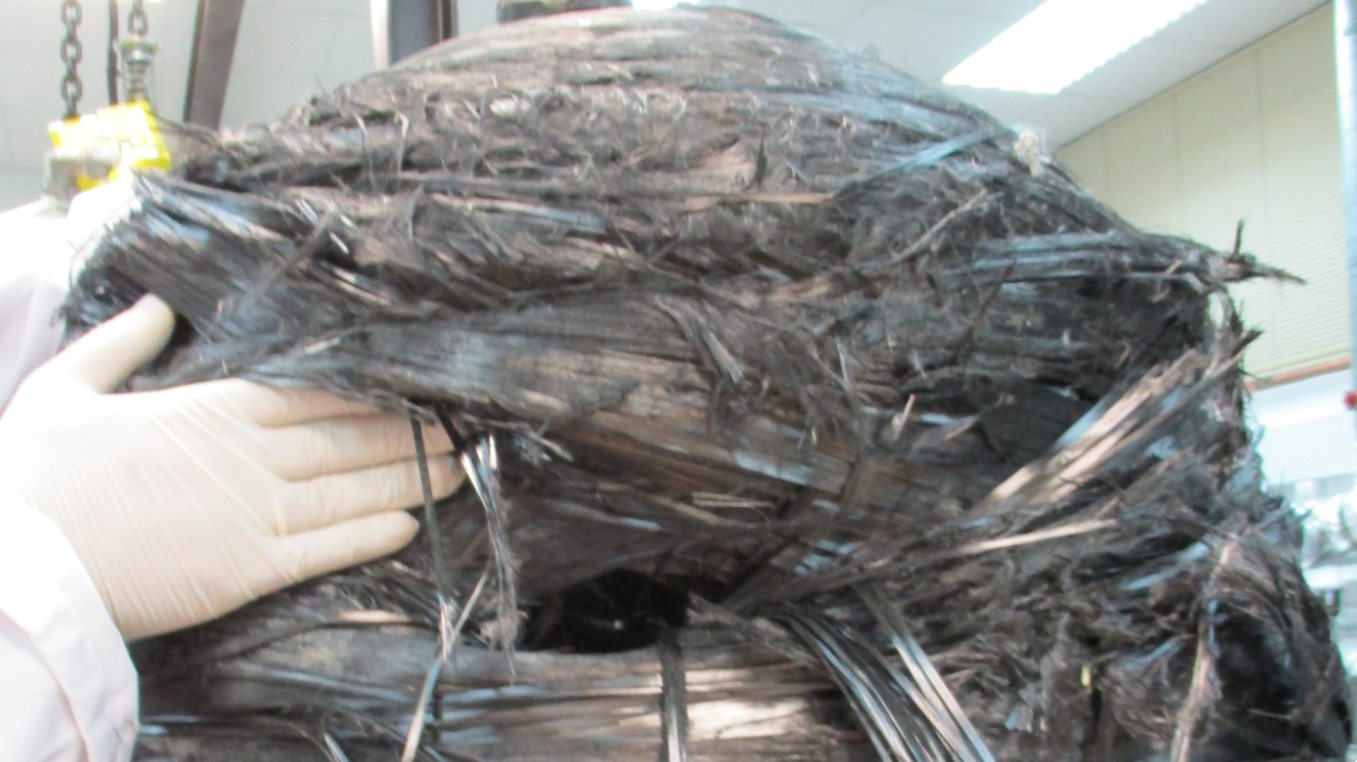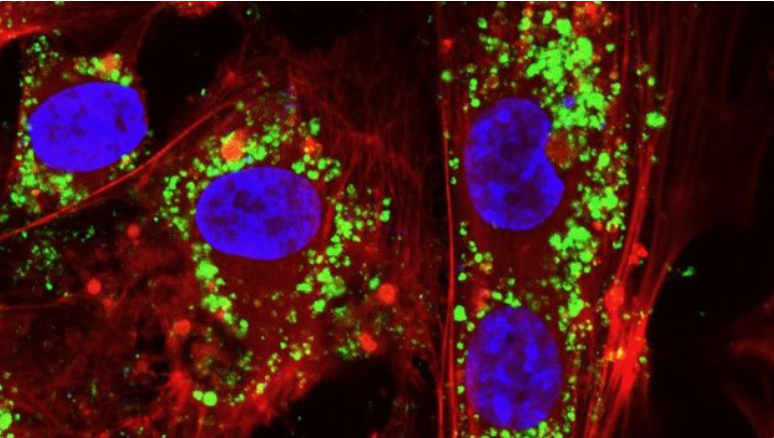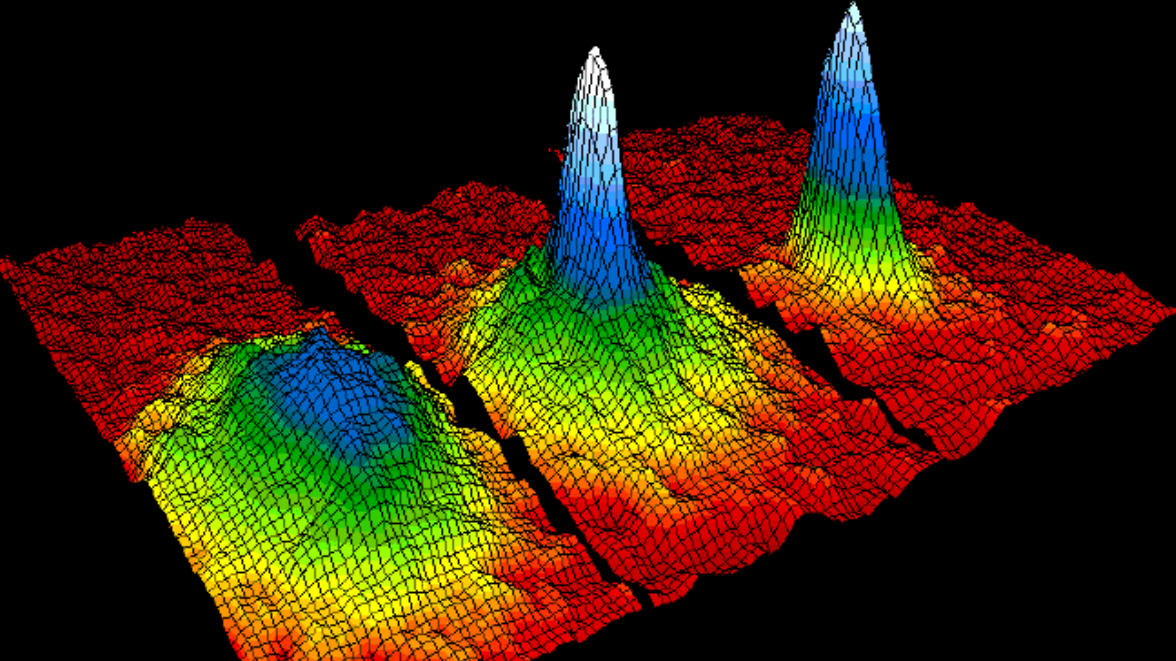Implemented OSIP ideas — January 2020
ESA's Open Space Innovation Platform (OSIP) seeks novel ideas for new space research activities. Campaigns and Channels invite solutions to specific problems or ideas on more general topics, with the Open Discovery Ideas Channel specifically looking for ideas that could be implemented as system studies, early technology developments, or PhD or postdoc research co-funded by ESA and a university. In January 2020, the following ideas were implemented through the Open Discovery Ideas Channel:
| Study Use of the LOP-G as Home Base for Fast-Response Planetary Defence Missions Politecnico di Milano Asteroids that cross Earth's orbit pose a threat to humanity. Space missions could mitigate this risk, for example by deflecting asteroids, but reaction time is vital for their success. NASA is envisaging the Lunar Orbital Platform-Gateway (LOP-G), a space station in an orbit on the far side of the Moon that is ideal for supporting operations to and from the lunar surface and into deep space. This study will analyse options for using LOP-G to launch planetary defence missions. |
 |
 |
Design for Demise Applied to Spacecraft Structural Panels and Experiments for Clean Space One Platform EPFL This activity will focus on the investigation of re-entry aero-thermo-mechanical interactions, design for demise solutions and re-entry prediction models. The ultimate aim is to carry out the necessary research into the design, manufacturing and testing of spacecraft structural panels enabling the early break-up and to ease the demise during re-entry. |
| Tackling the Next Generation of Debris Hiding in Orbit: Carbon Fibres Technical University Braunschweig This study will investigate to which extend the recent creation of space debris made of carbon fibres breaks the current space debris observation and modelling paradigms, and what the impact is on the mitigation strategies that are derived from those paradigms. |
 |
 |
Millimetre-Wave to THz High-Q Air-Filled Substrate Integrate Waveguide (AFSIW) Filters for Space and Ground Segment Applications L’Institut Polytechnique de Bordeaux This study will explore whether the air-filled substrate integrated waveguide could be an alternative technology for the design of low-cost, high-performance and miniaturised filters, diplexers and multiplexers for the emerging satellite constellations for both space and ground segment applications. |
| New Air-Filled Substrate Integrate Waveguide Technological Platform for RF Front-End L’Institut Polytechnique de Bordeaux This study will explore whether air-filled substrate integrate waveguide platforms could be an alternative technology for the design of low-cost, high-performance and miniaturised RF front-end for future space applications. |
 |
 |
A Novel Design Framework for Rapid and Efficient Artificial Intelligence Deployment for Onboard Space Applications University of Pisa The aim of this project is to automate the design of hardware accelerators for algorithms based on neural networks for embedded devices. This will help further increase the independence from the ground station of onboard equipment. |
| Elucidating Modes of Interaction of Redox-Active Nanomaterials with Biological Systems Exposed to Microgravity Fondazione Istituto Italiano di Tecnologia Nanomaterials are increasingly used for biomedical applications. This research - motivated by the need for muscle tissue protection, maintenance and regeneration under harsh environmental conditions, like those on the ISS - will investigate how microgravity impacts how biological systems are affected by nanomaterials. |
 |
 |
Reaching the Heisenberg Limit in Atom Interferometry for Quantum Inertial Sensors University of Florence This study will explore whether reaching the Heisenberg limit in a matter wave interferometer would outperform standard inertial sensors used for space navigation, Earth observation, gravity missions or gravitational wave detection. |















 Germany
Germany
 Austria
Austria
 Belgium
Belgium
 Denmark
Denmark
 Spain
Spain
 Estonia
Estonia
 Finland
Finland
 France
France
 Greece
Greece
 Hungary
Hungary
 Ireland
Ireland
 Italy
Italy
 Luxembourg
Luxembourg
 Norway
Norway
 The Netherlands
The Netherlands
 Poland
Poland
 Portugal
Portugal
 Czechia
Czechia
 Romania
Romania
 United Kingdom
United Kingdom
 Slovenia
Slovenia
 Sweden
Sweden
 Switzerland
Switzerland
























